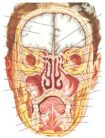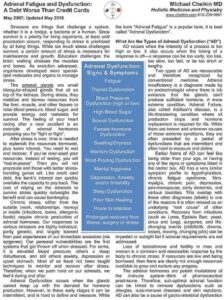P
Histidine
Amino Acids
This information is for educational purposes only, to facilitate quality conversations between patients and their personal physician(s). Several essential considerations are required to safely administer any protocol for an individual. This information is NOT intended to diagnose, treat or encourage self-treatment of any medical condition.
This page is under development. Working links will provide starting information. Please let us know about your interest in this page by emailing us here, and check back soon.
Histidine is an essential amino acid derived from food (protein). It is most famous for being made into histamine, which is an activating molecule.
File Access
Post-Exertional Malaise
Brain-Neuro-Psych Program
This page is under development. Working links will provide starting information. Please let us know about your interest in this page by emailing us here, and check back soon.
Post-exertional malaise (PEM) is a feature of Chronic fatigue syndrome, fibromyalgia, long COVID, Epstein-Barr and Herpes infections, and other conditions. PEM is characterized by malaise following effort and lasting more than 24 hours.
It is not the same as muscle recovery, but may share some features such as nutrient depletion, toxicity, and hormonal dysfunctions.





